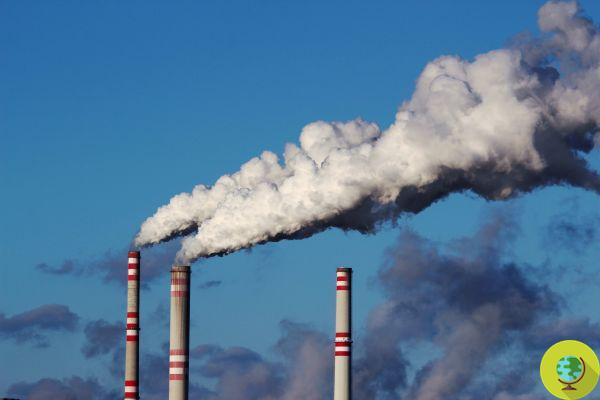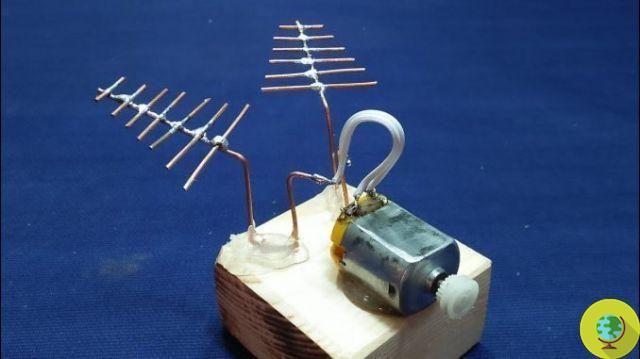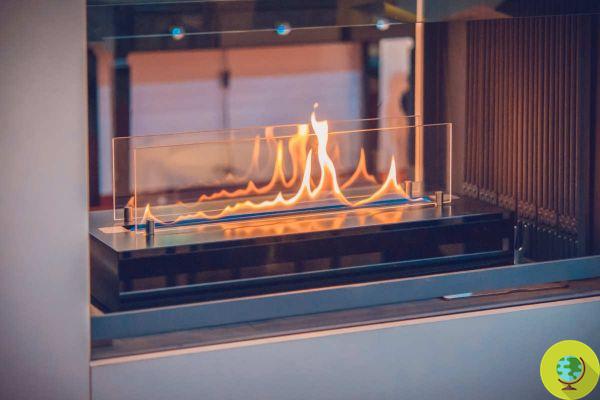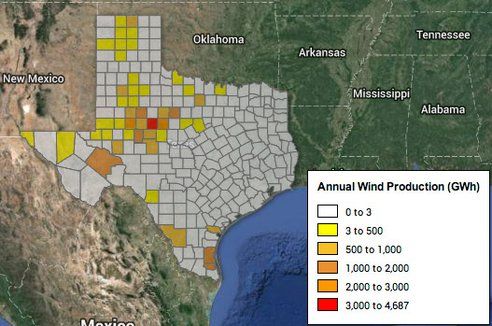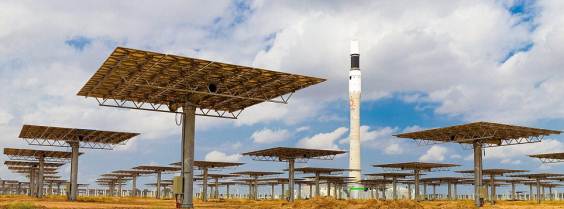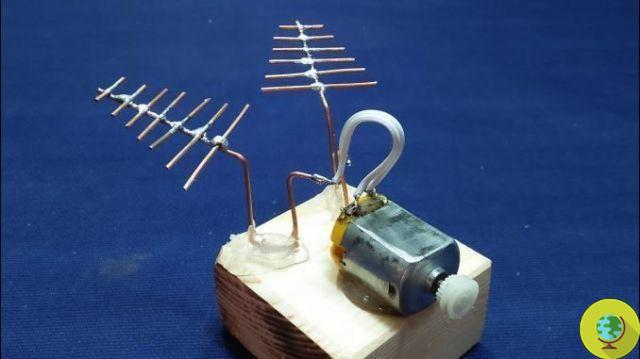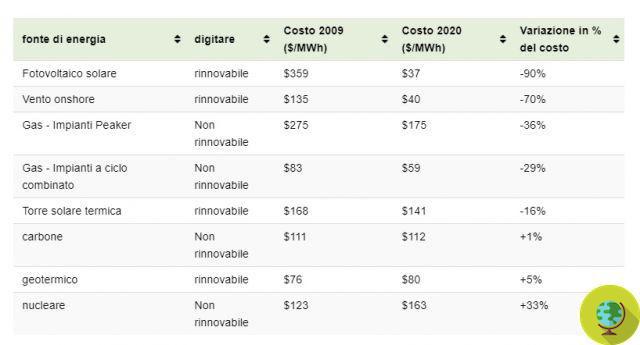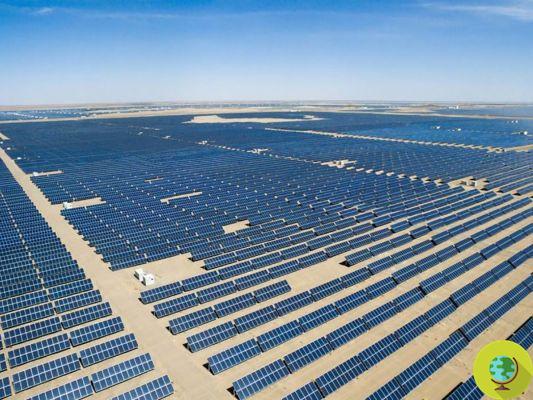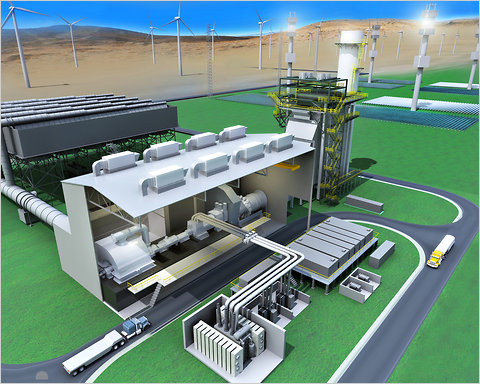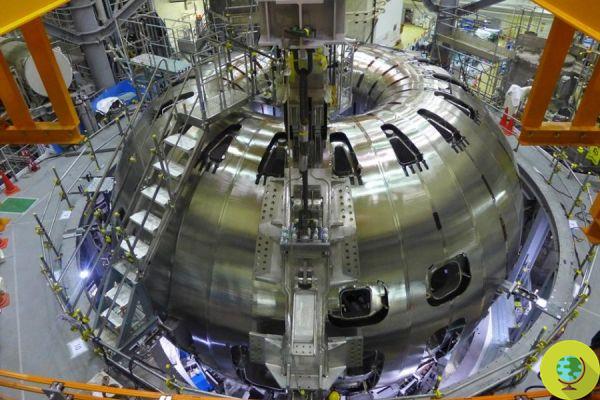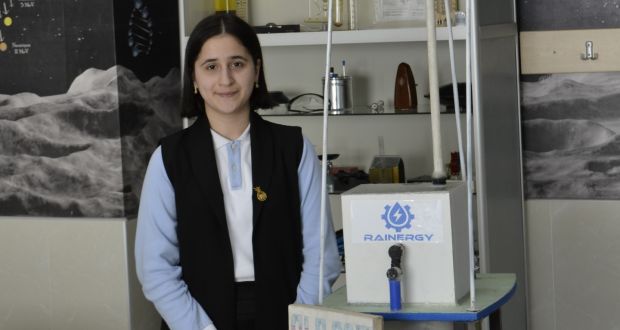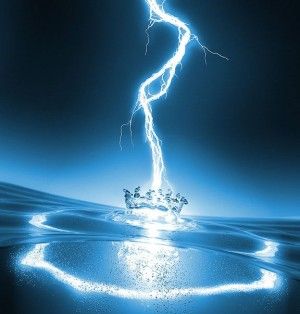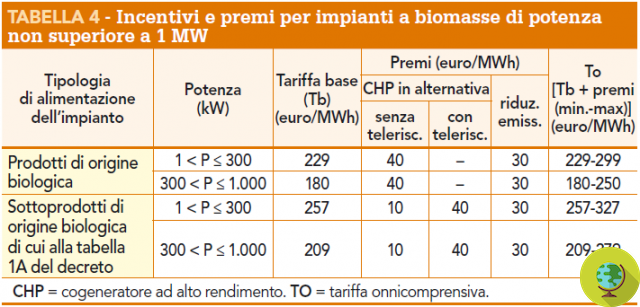On the issue of nuclear power plants, which has always been close to our hearts, we gather as many opinions as possible. This is Greenpeace International's vision, which is clear on one point: Nuclear power plants are even more dangerous in the event of a conflict. The only solution is to stop the war
Putin's military invasion of Ukraine is an unprecedented nuclear threat, with the country's 15 commercial nuclear reactors, including Europe's largest nuclear power plant, at risk of potentially catastrophic damage that could make large areas of the continent European, including Russia, uninhabitable for decades.
Greenpeace International says that since the beginning of the war it has closely followed the possible consequences for nuclear plants in Ukraine and has published a detailed technical analysis, “The vulnerability of nuclear plants during military conflict. Lessons from Fukushima Daiichi Focus on Zaporizhzhia, Ukraina ”.
Read also: Nuclear power plants in Ukraine, what should we really fear? Let's be clear
In the Zaporizhzhia plant, which in 2020 produced 19% of Ukraine's electricity and where Russian troops are just a few kilometers away, there are six large reactors and six cooling pools with hundreds of tons of highly radioactive nuclear fuel. Three reactors are currently in operation and three have been closed since the start of the war.
Here, like all reactors, with highly radioactive hot fuel, constant electricity is required for cooling even when it is turned off. When the power grid fails and the plant's reactor fails, there are backup diesel generators and batteries, but their reliability over a longer period of time cannot be guaranteed. There are ongoing unresolved issues with emergency diesel generators in Zaporizhzhia, which have an estimated fuel supply on site for only 7 days.
According to official data from 2017, there were 2.204 tons of high-level spent fuel in Zaporizhzhia, of which 855 were in high-level spent fuel pools. vulnerable. Without active cooling, they risk overheating and evaporating to the point where the metal coating of the fuel could ignite and release most of the stored radioactive material.
The buildings of the Zaporizhzhia nuclear reactor have concrete containment that protects both the reactor core, its cooling system and spent fuel pools. However, it appears that this containment - according to the Greenpeace report - cannot withstand the impact of heavy ammunition.
At worst?
Should the reactor containment be destroyed by explosions and the cooling system fails, radioactivity from both the reactor and the fuel tank could escape freely into the atmosphere.
It could make much of Europe, including Russia, uninhabitable for at least many decades and over a distance of hundreds of kilometers, a nightmare and potentially very worse than the Fukushima Daiichi disaster in 2011.
It takes a long time to bring a control unit into operation in a passive safety phase that does not require further human intervention. When a reactor is shut down, the residual heat from radioactivity decreases exponentially, however it remains very hot and requires cooling for a period of 5 years before it can be loaded into dry cement storage containers which remove their heat through the natural circulation of air outside the containment. Shutting down a reactor could gradually reduce the risks, but not solve the problem.
??? Enerhodar mayor and countless civilians came outside to confront the enemy’s forces https://t.co/nyxeoEnFfH pic.twitter.com/t65uJj8mkG
- Glory to Ukraine?? (@ignis_fatum) March 2, 2022
Nuclear power plants present unique risks in terms of the potential consequences of a major accident. Nuclear reactors and related high-level spent fuel stocks are vulnerable to natural disasters, as Fukushima Daiichi has shown, but they are also vulnerable in times of conflict. Due to the vulnerability of nuclear power plants, their dependence on a complex support system, and the time it takes to bring the power plant to a passive safety level, the only way to substantially reduce the risks is to stop the war immediately.
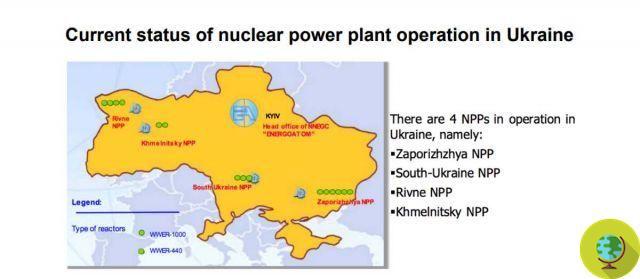
©IAEA
To the horrific war events of the past week, there is also an unprecedented nuclear threat. For the first time in history, a war is being fought in a country that is home to several nuclear reactors and thousands of tons of highly radioactive spent fuel. The conflict in southern Ukraine surrounding the Zaporizhzhia nuclear plant could cause a serious accident. As long as this war continues, the military threat to Ukrainian nuclear facilities will remain high. This is one more reason, among many, to ask for an immediate end to hostilities, concludes Jan Vande Putte of Greenpeace East Asia and Greenpeace Belgium, author of the risk analysis together with Shaun Burnie, senior nuclear specialist of Greenpeace East Asia. .
What is certain is that it seems highly unlikely that the plant will be targeted, given that a nuclear leak could seriously contaminate neighboring countries, including Russia. But who can totally exclude it?
HERE the complete report
Fonte: Greenpeace International
Read also:
- The Zaporizhzhia nuclear power plant is different from the Chernobyl one and we shouldn't fear the worst
- Ukraine, what is true about the increase in radiation levels in Chernobyl
- The war from within, seen from the eyes of a former "Chernobyl child"





